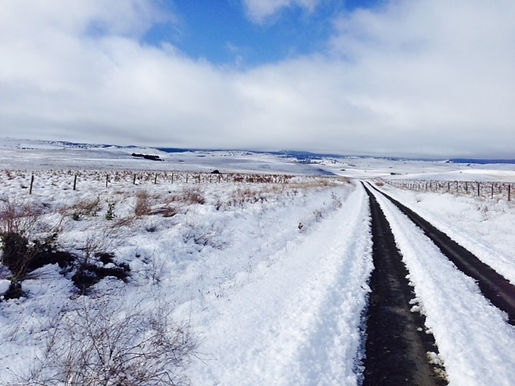
Snowy River Interstate Landcare Committee Inc - SRILC
East Gippsland and Southern NSW
Mount Piper
The Mt Piper Landcare Group originally formed around 1994 and became incorporated in 1996. The Landcare Group area is situated north of the township of Bombala off the Gunningrah Road, including the Brugalong and Cambalong Creek catchments. The group boundary is situated: east of McGlaughlin River; southwest of the Bombala railway line, and; the boundary of the Delegate-Bombala Road to Cambalong Road.
Neighbouring Landcare Groups include ABC and Little Plains to the east and south west respectively. The township of Bombala is situated approximately 5-10 km south of the group’s southern boundary.
Land use in the area includes predominately:
-
Merino sheep
-
Cross breed sheep
-
Beef Cattle
To a lesser extent:
-
Cropping – winter cereals and fodder
-
Softwood (pine plantations)
-
Goats for weed control (approximately four properties)
-
Horticulture – native nursery (one landholder).
Tributories within the Mt Piper Landcare area include:
-
Brugolang Creek
-
Cambalong Creek
-
Bombala River
-
Maclaughlin River
-
Slaughterhouse Creek
-
Hayden Springs
-
Walkers Creek
The group has undertaken numerous environmental and sustainable agricultural projects over the past 20 years, with some exceptional results. The group estimates they have planted more than 300,000 trees since inception. Despite their achievements the group recognises there is still much more to do.
Group attributes
The group considers themselves to possess various attributes that have contributed to their success over the years, including the following:
-
Proactive
-
Large and diverse group
-
Cohesiveness
-
Achieve on-ground results
-
Good success with revegetation
-
At least 300,000 estimated trees surviving and thriving
-
Increased wildlife/bird habitat
-
Improved linkages across the landscape
-
Changing mindsets
-
Over the years members have increasingly developed a more positive outlook regarding sustainable land management
-
Generally increasingly positive attitude towards the concept of Landcare – e.g. implementing and sharing practical ideas, such as rotational grazing


